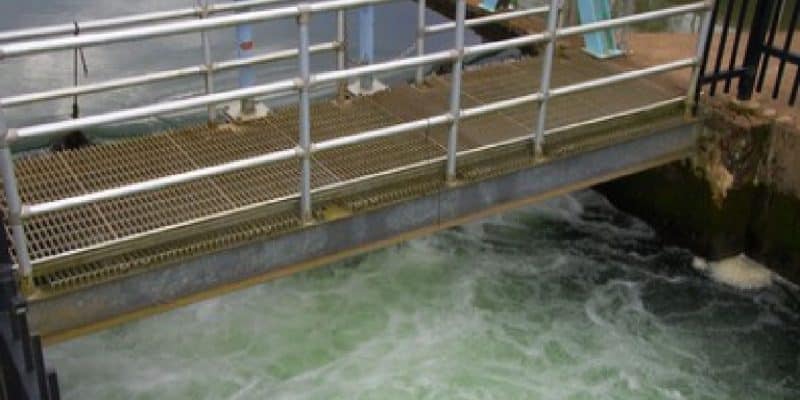Kreditanstalt für Wiederaufbau (KfW), the German development agency, is providing a concessional loan of N$1.68 billion (over US$97 million) to Namibia to strengthen water supply in the face of drought. The partnership agreement was signed on December 13, 2022.
Of the N$1.68 billion (more than US$97 million) in funding from the German development agency Kreditanstalt für Wiederaufbau (KfW), N$746 million (more than US$43 million) is earmarked for water supply in central Namibia through the construction of the Direct Potable Water Reclamation Plant II (DPR 2).
The state-owned Namibia Water Corporation (NamWater) will implement the project, which will increase the supply of drinking water from the reclaimed water plants in Windhoek to 50%. Currently, the Goreangab Water Reclamation Plant (DPR 1), commissioned in the 1990s, supplies 25% of the water consumed in the Namibian capital.
Mitigating the effects of drought
KfW provided a second loan of N$932 million (about US$54 million). The government will use this loan to finance the Namibia Water Sector Support Program (NWSSP), also funded by the African Development Bank (AfDB).
The NWSSP includes the extension of Rundu’s water supply systems (from 336.2 m3 to 677.9 m3 per hour), the construction of new water intakes, 50 elevators, the laying of 200 km of distribution pipes with collectors, the installation of water points, etc. The aim of these works is to improve the quality, safety and sustainability of water supply services in the drought-stricken southern African country. Namibia is 80% covered by desert or semi-desert. This is compounded by climate change.
Read also –
The sanitation component of the program will construct the Oshakati (40,556 m3 per day), Olushandja (4,000 m3 per day) and Katima Mulilo (3,560 m3 per day) water treatment plants. The NWSSP will directly benefit approximately one million Namibians and 250,000 people indirectly by 2025 in the regions of Ohangwena, West and East Kavango, Oshikoto, Zambezi, Khomas, Oshana, Omaheke, and Omusati, as well as vulnerable areas in the Kunene and ǁKaras regions.
Inès Magoum






